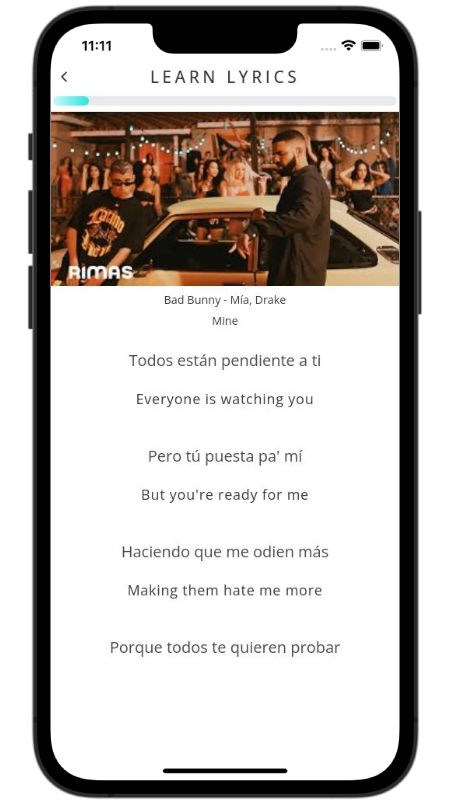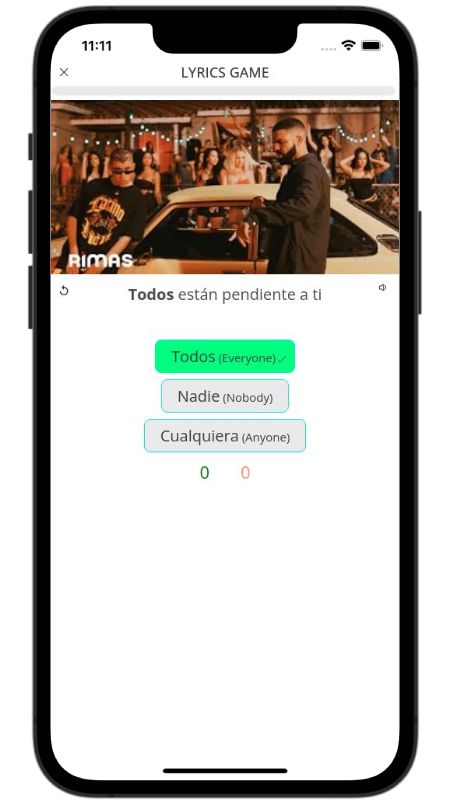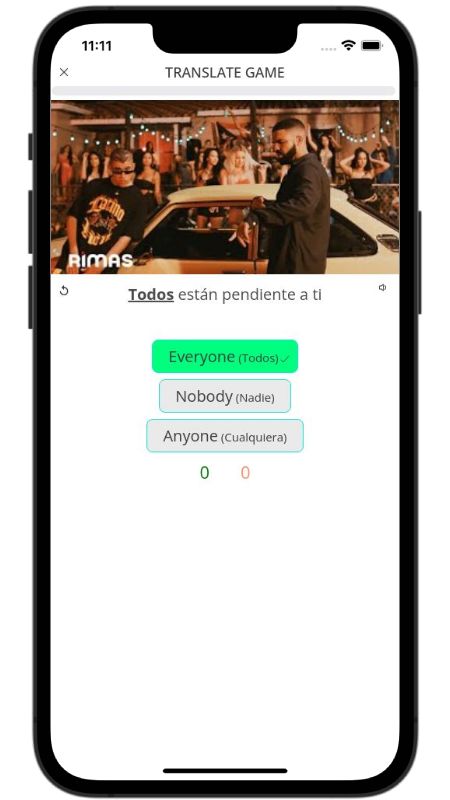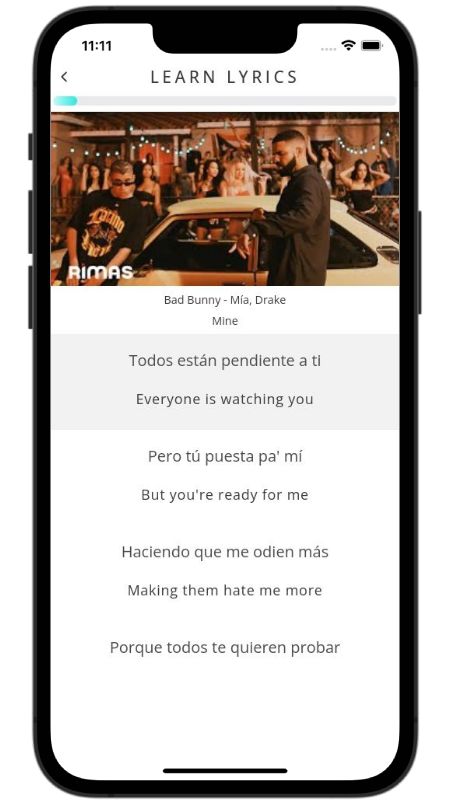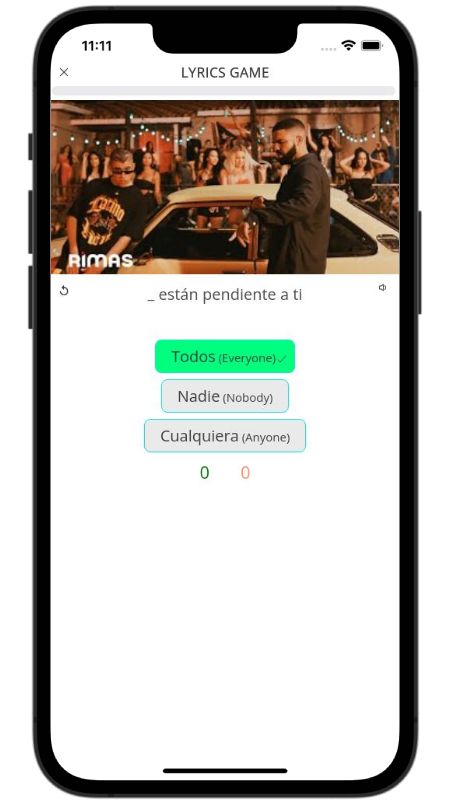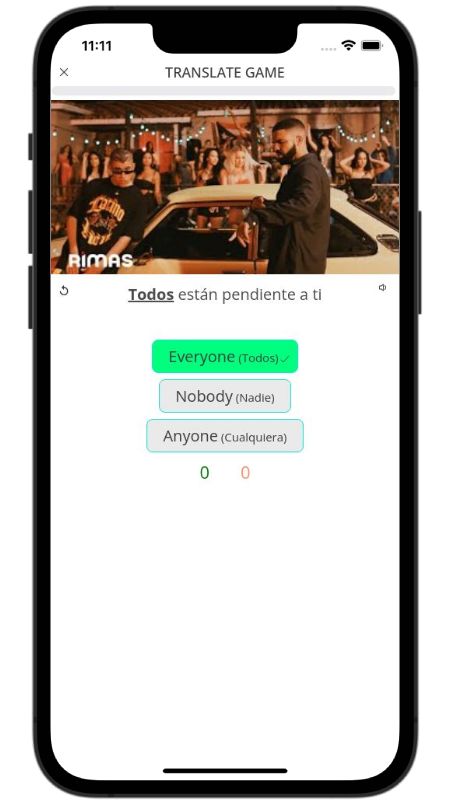Sin Tiempo Para Bailar Lyrics in English Íñigo Quintero , Javi Chapela
Below, I translated the lyrics of the song Sin Tiempo Para Bailar by Íñigo Quintero from Spanish to English.
I woke up with nothing new on the front
Thoughts against the current
I always considered myself brave
Everything changes when you're in front of me
Spinning around over my head
I haven't seen the sunlight for a long time
With bitterness as my flag
I got tired of being so close to this addiction
You're immortal
Supernatural
You never come straight, you won't take off the disguise
With the sword stuck in, you say nothing to me
I'm running out of time
No time to dance
I've got no alibi, I erased the footprints
No time to dance
No time to dance
Now that only regret remains
I plan to become a better version
that managed to kill the sorrow
And that's why I dedicate this song to you
You're immortal
Supernatural
You never come straight, you won't take off the disguise
With the sword stuck in, you say nothing to me
I'm running out of time
No time to dance
I've got no alibi, I erased the footprints
No time to dance
No time to dance
And your kisses are now part of the memory
that I kept in that winter
that will never come back
And your kisses are now part of the memory
that I kept in that winter
that will never come back
With the sword stuck in, you say nothing to me
I'm running out of time
No time to dance
I've got no alibi, I erased the footprints
No time to dance
With the sword stuck in, you say nothing to me
I'm running out of time
No time to dance
I've got no alibi, I erased the footprints
No time to dance
Lyrics and Translations Licensed & Provided by LyricFind
Did you like these lyrics?
Did you know?
In addition to reading lyric translations, you can now learn Spanish with music and lyrics from your favorite artists.
No more boring lessons. You can now learn with engaging and culturally relevant lyrics from the best artists.
Apple and App Store are trademarks of Apple Inc.
Google Play and the Google Play logo are trademarks of Google LLC.

